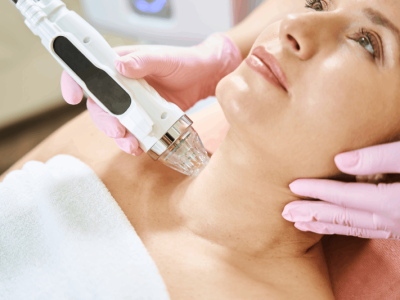Head and neck cancer is a rare form affecting the throat, mouth, upper digestive tract, and respiratory tract. Mainly it develops from squamous cells that mark the digestive tract and cavities lining. Sore throat and red patches are common symptoms of cancer. The symptoms are similar to common flu and mouth ulcers, that’s why it is difficult to diagnose cancer at an earlier stage.
People who drink alcohol, smoke cigarettes, and chew tobacco are at greater risk of developing cancer. Treatment is possible if doctors detect it at an early stage. Depending on the location and type of cancer, the Head & neck cancer center of Texas provides treatment to get rid of cancer.
More about Neck and Head Cancer
Neck and head cancer develops when normal squamous cells turn into cancerous cells. This form of cancer begins in the sinuses, inside the nose, behind the tongue, mouth, roof, and gums. Oropharynx, nasopharynx, and hypopharynx are three sections of the throat and mouth where cancer can form.
What Are the Major Symptoms of Head and Neck Cancers?
Symptoms vary according to the location of the cancer. Inside the mouth and nasal cavity, notice these symptoms:
- Red or white sore on tongue, gums, and mouth lining that are not healing.
- Swelling and pain in jaws
- Unusual bleeding in the mouth
- Thickening and lumps
- Difficulty in chewing and swallowing food
- Trouble in speaking and breathing
- Sinus infection that is not responding to any antibiotic
- Constant bleeding through the nose
- Blocked sinuses
- Headaches
- Pain in teeth and problems with dentures
- Swelling around your eyes
Who is Susceptible to Neck and Head Cancer?
Men or assigned males at birth are three times more susceptible to this cancer than women. People over 40 years are at greater risk of neck and head cancer.
Common Risk Factors of Neck and Head Cancer
- Constant exposure to UV light increases the risk of neck and head cancer
- Weak immunity can be a risk factor for cancer development
- People having Fanconi anemia inherit their genes from their parents. They are at high risk of cancer.
- In some cases, HPV infection also enhances the risk of cancer in men and women.
- Epstein Barr virus can weaken your body and may increase cancer risk.
Diagnosing Procedure to Confirm Head and Neck Cancer
If you find any symptoms of cancer, proceed with diagnosing. Doctors will perform the following tests to detect cancer.
- Physical Examination: Healthcare checks the tongue, throat, neck, and cavities physically to notice symptoms.
- Endoscopy: The procedure is done with a lighted tube known as an endoscope to check from the inside for cancer detection.
- Imaging Tests: X-rays, MRIs, CT scans, PET scans, and other radiographic tests help to check head and neck cancer inside the nasal cavity and other sections.
- Biopsy: This is a standard method of cancer detection. Tissue from the affected area has been taken for microscopic observation to observe cancerous cells.
Best Treatment Methods for Head and Neck Cancer
Early detection can help to cure you from cancer with treatment. Healthcare experts will follow these treatments to treat patients.
- Surgical: Ideal to remove tumors confined to a particular location in the neck or head.
- Radiation Therapy: High radiation energy destroys cancerous cells or tumors.
- Chemotherapy: This method involves using common cancer-fighting drugs to kill cancerous cells.
- Immunotherapy: Immunotherapy drugs such as nivolumab and Pembrolizumab are two common FDA-approved drugs used for cancer treatment.








Comments